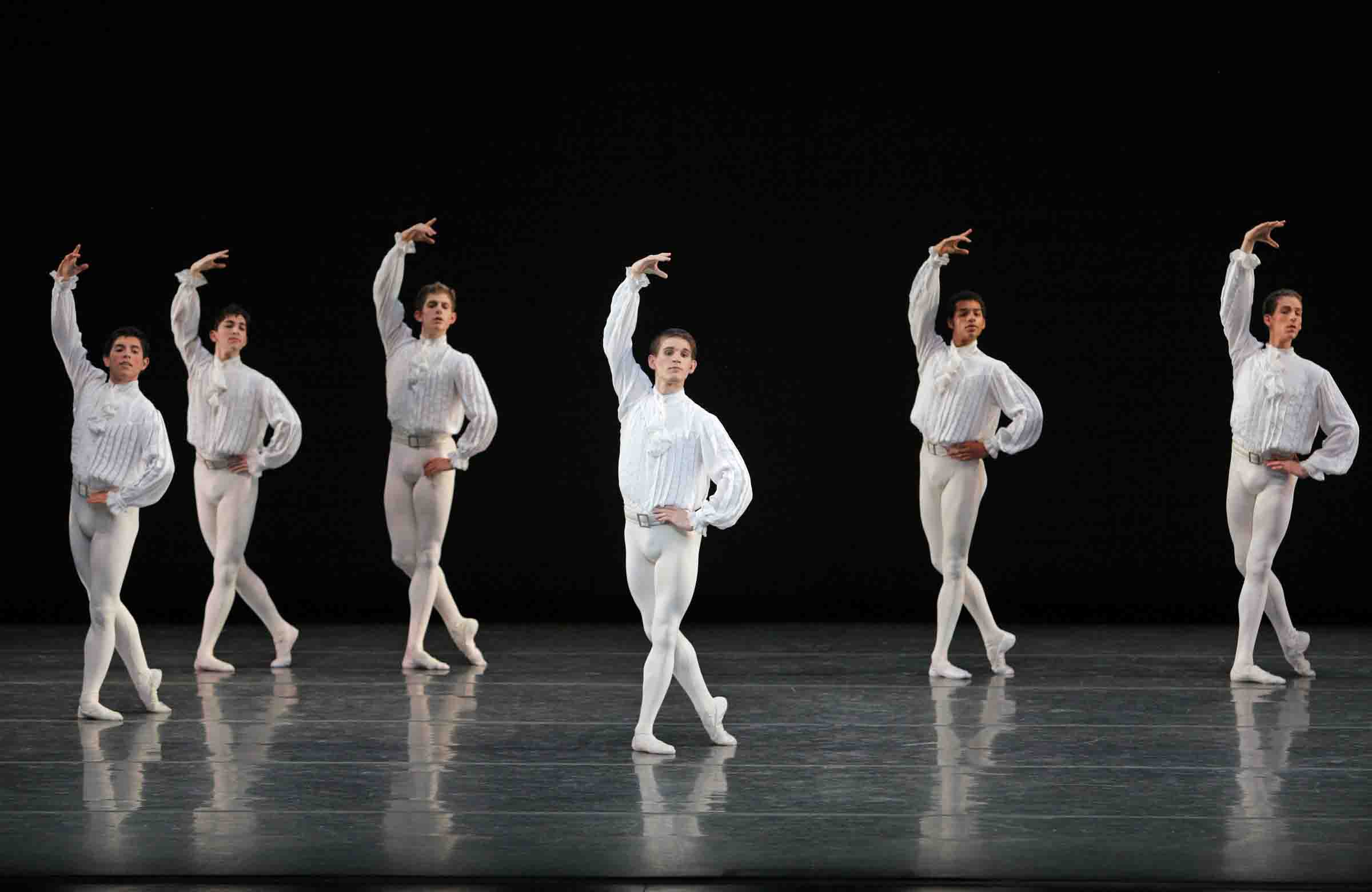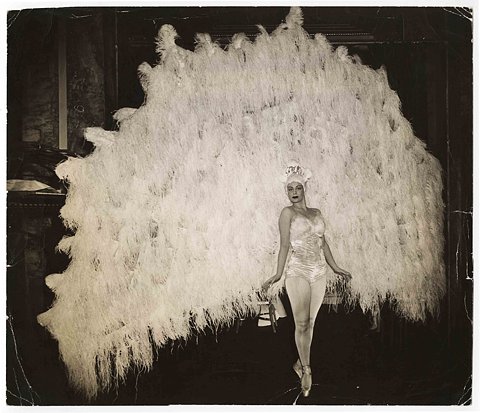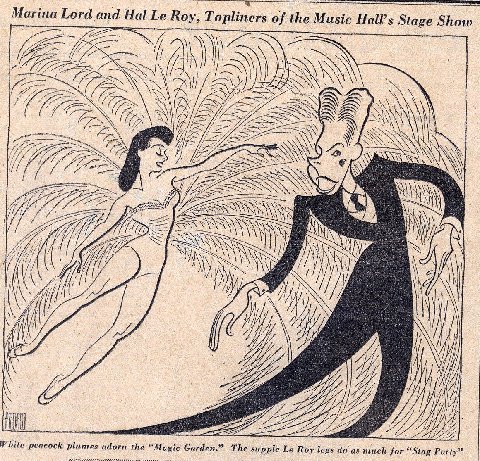This article originally appeared in the Culture section of Bloomberg News on June 11, 2007.
June 11 (Bloomberg) — To the sound of birdsong, Wendy Whelan transforms herself from ballerina to magical avian creature. In a sienna-streaked tunic suggesting feathers, she accents the familiar curved-arm movements of classical dance with quick, sharp angles. Her head flicks this way and that, as if noticing the pleasures and dangers of the natural world. Her feet, on pointe, delicately pick their way across the ground.
After this inventive, beguiling solo, it’s pretty much downhill for Christopher Wheeldon’s “The Nightingale and the Rose,” created for the New York City Ballet and given its world premiere at Lincoln Center on Friday.
The biggest problem is narrative. The half-abstract proceedings on stage are unfathomable if you haven’t read the 1891 Oscar Wilde story — a blend of bathos and worldly cynicism that inspired Wheeldon — or the program insert in which the choreographer sets forth his own modification of the tale.
The story concerns an artist (the nightingale, pouring out its soulful song) who sacrifices her life to produce a perfect red rose for a young man (Tyler Angle) in love with a demanding and ungrateful minx (Sara Mearns, in a filmy gown, with “Alice in Wonderland” hair).
The neighborhood offers an abundance of yellow and white roses (the female corps de ballet), but the tree that usually yields red ones has been through a tough winter that prevents its flowering unless certain terms are met. It requires the nightingale to sing through the moonlit night, pressing her breast to one of its thorns until it pierces her heart.
Nourishing Blood
The nightingale’s blood nourishes the production of a rose and stains it to perfection. The young man duly presents the flower, which the petulant object of his affections finds unacceptable. The swain, far from being broken-hearted, shrugs as if to say “That’s life.” He leaves the beautiful rose where the girl flung it and goes on his way, ignoring the lifeless body of the self-sacrificing bird.
Wheeldon fails to make the story intelligible, calls the young man The Student (while ignoring Wilde’s point about the fellow’s dependence on dry, dusty books rather than the sublime and lasting passions of art) and delivers the kind of entertainment clueless adults concoct for children.
After Whelan’s opening solo, the only worthy choreography is for the ensemble of men led by Seth Orza and Craig Hall, who form the fatal tree. Sheathed in earthy brown highlighted here and there with the scarlet of freshly spilled blood, they’ve been assigned a weighty, gnarled dance vocabulary to create a perch, a nest and, inevitably, a trap for the bird.
The score was commissioned from the company’s resident composer, Bright Sheng, who also conducted. The music is colorful and lively, and clearly is influenced by Sheng’s Chinese background. But it lacks the rhythms and melodies that serve as an invitation to the dance.
One-Eyed Moon
Martin Pakledinaz designed the imaginative costumes. James Buckhouse is credited with animation, including a one-eyed moon that spills a couple of tears over the sad events.
Wheeldon — widely considered classical ballet’s savior in our current choreography-poor era — has done far better work than “The Nightingale and the Rose.” Bred by the Royal Ballet in his native England, he came to the City Ballet as a dancer and quickly proved his mettle as a choreographer.
Next year he’ll relinquish his base as the company’s resident choreographer, a position created for him, to strike out on his own with a small troupe he calls, awkwardly, Morphoses/The Wheeldon Company. Slated to perform at the City Center Oct. 19-21, it aims to change the face of classical ballet in both its artistic and organizational aspects.
Wheeldon’s choreography is in great demand from conventional big-time companies, so presumably his free-lance work will help pay the bills.
“The Nightingale and the Rose” will be performed again on June 16, 17 and 20 at the New York State Theater, Lincoln Center, Broadway at 65th St. Information: +1-212-721-6500 or http://www.nycballet.com.
© 2007 Bloomberg L.P. All rights reserved. Reprinted with permission.








